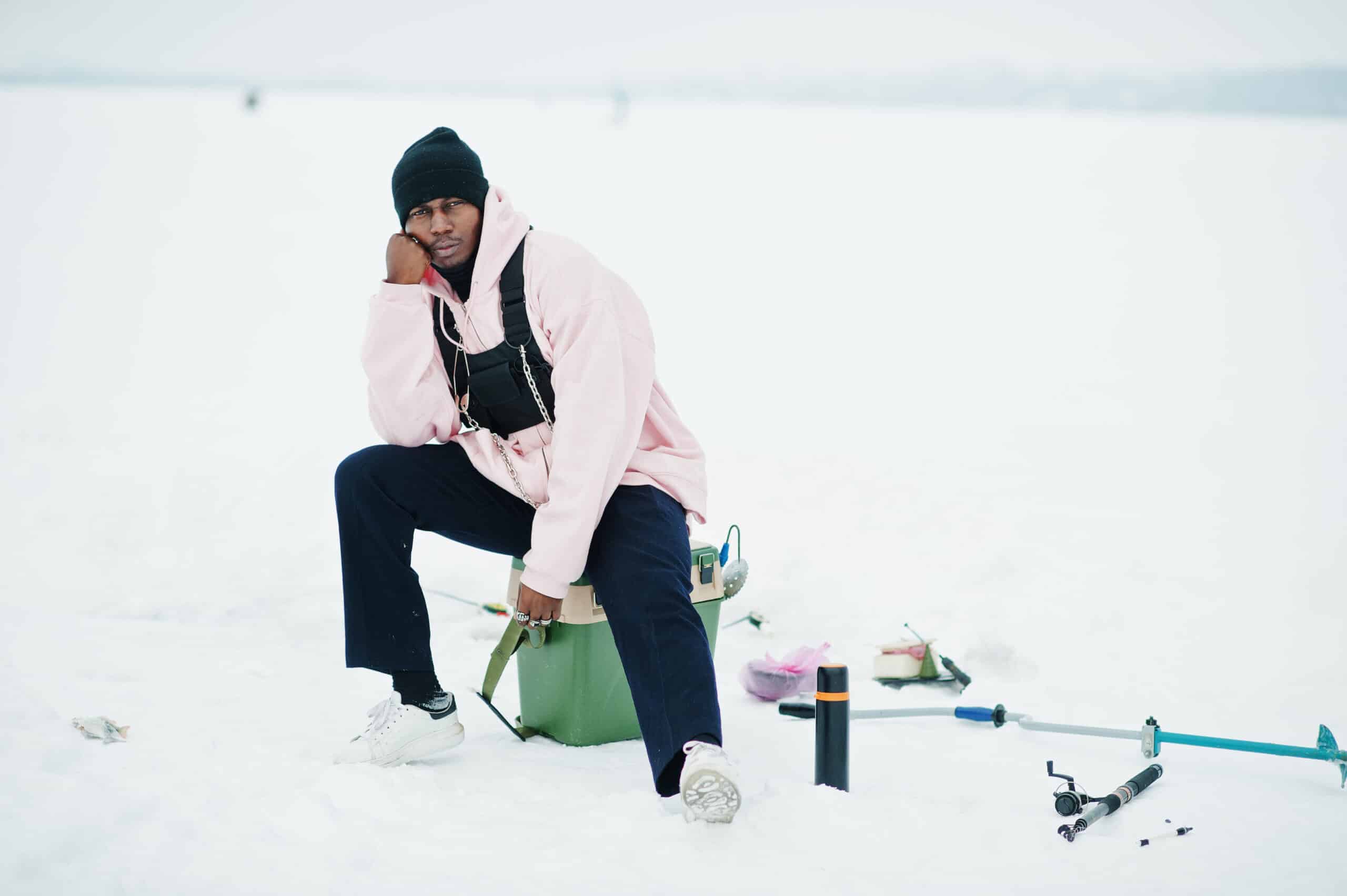What is the best technique for ice fishing?
Key Takeaways
- Tip-ups are a popular ice fishing technique that covers a larger area of the lake and can be observed from a distance.
- Ice fishing poles provide a more active approach to fishing with constant jigging motion to attract fish.
- The best technique for ice fishing depends on the angler’s preferences and fishing conditions, with tip-ups being more passive and ice fishing poles being more active.
Ice fishing is a popular winter activity that requires a unique set of techniques and equipment. One of the most debated topics among ice anglers is which technique is the best for catching fish on frozen lakes. While there is no definitive answer, there are several techniques that have proven to be effective. In this article, we will explore the pros and cons of different ice fishing techniques to help you determine the best approach for your next ice fishing adventure.
Tip-Ups: Covering More Ground
One of the most popular techniques for ice fishing is using tip-ups. Tip-ups are mechanical devices that allow anglers to suspend bait at a desired depth without holding a rod. They consist of a spool of line, a trigger mechanism, and a flag that pops up when a fish bites. Tip-ups can cover a larger area of the lake, increasing your chances of catching fish. They can also be observed from a distance, allowing you to wait for bites inside an ice fishing shelter.
Setting up multiple tip-ups can be time-consuming, but it allows you to target different depths simultaneously. This is particularly useful if you are unsure of the fish’s preferred depth. Additionally, tip-ups can be used in combination with a rod and reel, increasing your chances of attracting fish with movement.
However, there are some drawbacks to using tip-ups. Manual line retrieval is required, as they do not have a fishing rod. This can be tedious, especially in cold weather. The sensitivity of the trigger mechanism may also need to be adjusted to avoid unnecessary flag pops or missed bites. Finding the right locations for tip-ups is crucial for success and may require knowledge of underwater structures and using a fish finder.
Ice Fishing Poles: Active Jigging
Ice fishing poles, also known as ice fishing rods or tip-downs, are another popular technique for catching fish through the ice. These compact rods are designed specifically for ice fishing and are typically shorter than traditional fishing rods. They allow anglers to actively jig bait up and down, attracting fish with movement.
One advantage of using ice fishing poles is that they provide a more active approach to fishing. The constant jigging motion can be enticing to fish and increase your chances of getting a bite. Ice fishing poles are also more mobile and easier to find, making them a convenient option for anglers who like to move around.
However, there are some drawbacks to using ice fishing poles. They require constant attention and can be tiring to jig for extended periods. Additionally, the sensitivity of the rod can make it challenging to set the hook correctly, resulting in missed bites. Fighting a fish is also easier with a pole, as the rod provides more leverage.
The Best Technique: It Depends
So, what is the best technique for ice fishing? The answer is, it depends. Both tip-ups and ice fishing poles have their advantages and disadvantages, and the best technique will vary depending on the angler’s preferences and the fishing conditions.
If you prefer a more passive approach and want to cover a larger area, tip-ups may be the better option for you. They allow you to suspend bait at different depths and can be observed from a distance. However, keep in mind that manual line retrieval and finding the right locations are important factors to consider.
On the other hand, if you enjoy actively jigging and want to target specific fish, ice fishing poles may be the preferred technique. The constant movement of the bait can attract fish and increase your chances of getting a bite. However, be prepared for the physical effort required and the need for constant attention.
Ultimately, the best technique for ice fishing is the one that you enjoy the most and feel most comfortable with. It’s important to experiment with different techniques and adapt to the fishing conditions to increase your chances of success.
Related Websites:
FAQs:
Q: What is ice fishing?
Ice fishing is a popular winter activity that involves fishing on frozen bodies of water. Anglers drill holes in the ice and use various techniques to catch fish.
Q: Why is it important to prioritize safety when ice fishing?
Safety is crucial in ice fishing as it involves being on frozen bodies of water. Understanding ice conditions, wearing appropriate gear, and following safety precautions minimize the risks of accidents or falling through the ice.
Q: What equipment do I need for ice fishing?
Essential ice fishing equipment includes an ice auger to drill holes, ice fishing rods and reels suitable for different fish species, ice fishing shelters for protection from the elements, and tackle like jigs, spoons, and tip-ups.
Q: How do I select the right location for ice fishing?
Choosing the right location involves researching the body of water, considering factors such as depth, structure, and fish species. Utilizing local resources or online maps can help locate potential fishing hotspots.
Q: What are some effective ice fishing techniques?
Popular ice fishing techniques include jigging (vertical and horizontal), tip-up fishing, deadsticking, and sight fishing. Understanding fish behavior and adjusting techniques accordingly is also important for success.






